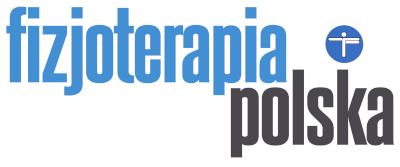Effect of the family-centered program on management of blood glucose levels among children with type 1 diabetes at Tabuk
Azza Abdalla Ghoneim
Azza Abdalla Ghoneim – Effect of the family-centered program on management of blood glucose levels among children with type 1 diabetes at Tabuk. Fizjoterapia Polska 2023; 23(5); 126-135
DOI: https://doi.org/10.56984/8ZG20BA10
Abstract
Background. Diabetes mellitus (DM) is the second most common chronic disease in childhood. Diabetes care is multidimensional and should focus on preventing acute complications and reducing long-term consequences. A family-centered approach conserves the integrity of families and supports unique care for diabetic children.
Purpose. The study aimed to determine the effect of a family-centered program on the management of blood glucose levels in children with type 1 diabetes mellitus at Tabuk. Methods. The researcher employed a quasi-experimental design to conduct this study. A purposive sample of diabetic children and their families was included. Tools included a structured questionnaire (sociodemographic data, anthropometric measurements), Supervisory Behaviors of Caregivers, Management Behaviors of Children with DM questionnaires, a Self-efficacy Scale, and a Blood Glucose Levels Record Sheet. The study was conducted in three phases: preparatory, performance, and evaluation. Pre-test and post-test methods were utilized for data collection.
Results. There was a significant decrease in the mean scores of blood glucose levels, significant improvement in children’s management behavior for diabetic care, improvement in mothers’ supervisory behavior of management behavior for DM, and higher mean scores of mothers’ self-efficacy post compared to pre-family centered program.
Conclusion. Implementing the family-centered program improved children’s diabetic management behavior and hence controlling the blood glucose levels of children with diabetes mellitus and increased mothers’ self-efficacy. Recommendation. Transformation of diabetic management in children with DM to a fully family-centered system of care should be established.
Keywords
diabetes mellitus, family-centered program, blood glucose levels
| Pobierz/Download/下載/Cкачиваете | Download the article for free in English |

